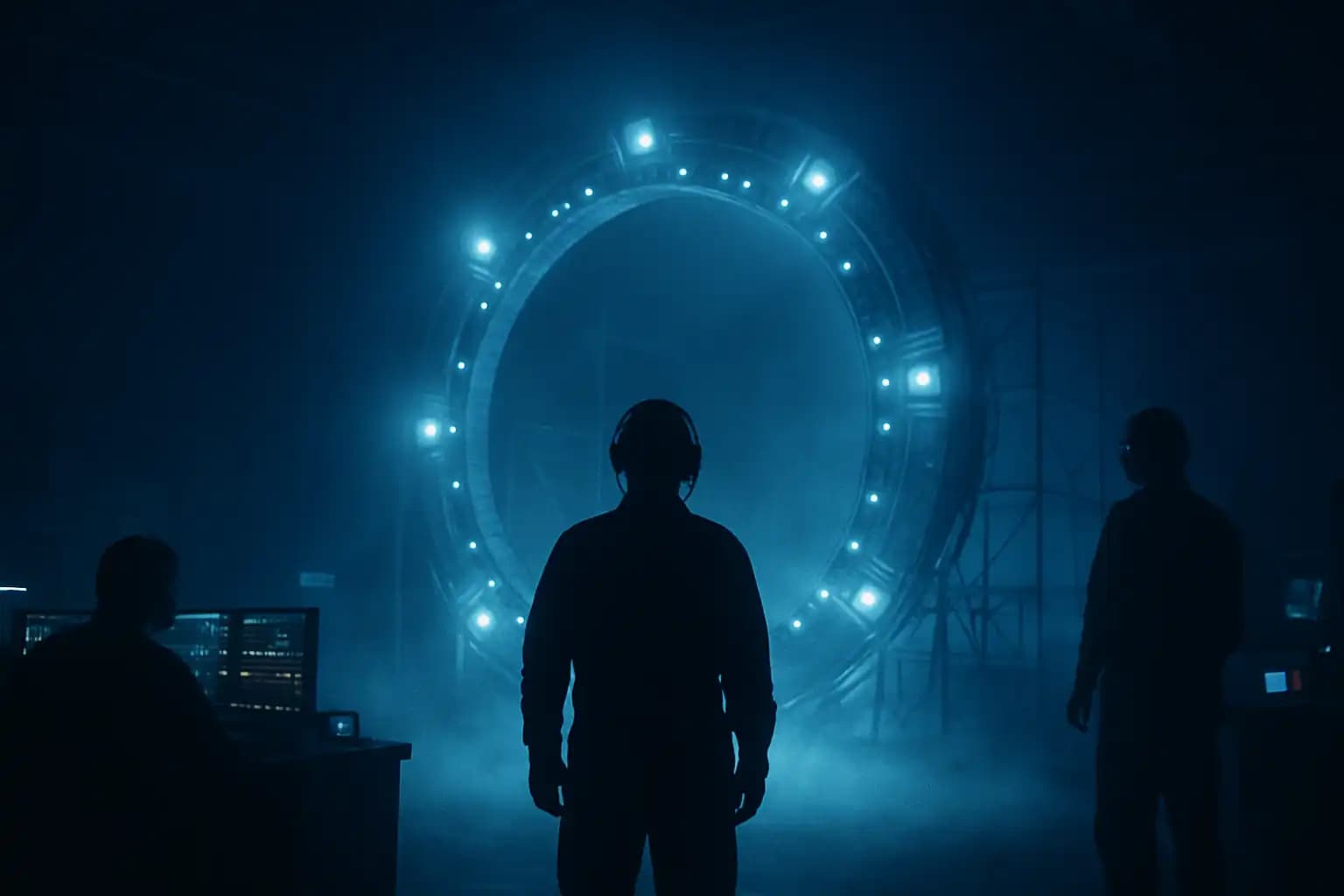- Hayli Gubbi volcano in Ethiopia erupted explosively on November 23, 2025, around 08:30 local time, sending ash up to 10,000 ft (3,000 m) and in some reports as high as 45,000 ft.
- This marks the first eruption in Hayli Gubbi’s recorded history, with no confirmed Holocene blasts before 2025, though geological hints point to dormancy stretching back thousands—possibly 10,000+ years.
- The African Superplume lurks as a massive, snail-paced mantle beast shaping East African rifting across millions of years; zero scientific proof ties this lone eruption to a abrupt continent-wide ‘pressure dump’ or Africa snapping apart anytime soon.
The Hook: When a Long-Silent Volcano Roars Back to Life
Imagine the ground shaking in Ethiopia’s Afar region. November 23, 2025. 08:30 local time. Hayli Gubbi, a volcano silent for millennia, suddenly explodes. Ash rockets skyward—10,000 feet at first, some whispers say 45,000 feet high. Satellite images capture the chaos. On the ground, locals stare in awe and fear. Online, the frenzy ignites. Posts scream: Is this it? Is Africa finally cracking open? The East African Rift System, already painted as the continent’s slow fracture, fuels the fire. Fringe sites declare the African Superplume is stirring. Decades of buried pressure, they say, bursting free. Panic spreads like wildfire. But is this the endgame they claim? Or a distraction from the deeper truth?
Why Do People Think Hayli Gubbi’s Eruption Means Africa Is Tearing Apart Now?
Let’s connect the dots. Hayli Gubbi stayed quiet through the entire Holocene—no eruptions on record until 2025. Headlines blast it as ‘asleep for 10,000+ years.’ Its roar feels like a wake-up call from hell. Viral threads tie it straight to the African Superplume, that colossal magma monster under the continent. They paint it as a swelling bomb, ticking louder after decades of buildup. This eruption? The first crack in the dam, they insist—a chain reaction ripping Africa in half. Maps of the East African Rift flood feeds, showing the continent splitting like a bad breakup. Dramatic graphics amplify the doom. But these tales gloss over the slow grind of geophysics. They ignore how rifting drags on for tens of millions of years. Not days. Not decades. Why the rush to apocalypse? Who benefits from the fear?
The Hard Evidence: What the Hayli Gubbi Eruption Really Tells Us
They push the hype. We dig for facts. Hayli Gubbi’s blast on November 23, 2025, hurled ash to 10,000 feet initially, with advisories clocking peaks at 45,000 feet. Impressive? Sure. But it’s no outlier among global eruptions. The Global Volcanism Program admits no Holocene fireworks before this—first in recorded history, yet geology whispers of older unrest on vast timelines. This peak stands modest at 521 meters, a local threat: ash, gas, lava, flight risks. Not world-ending. Now, the African Superplume. Seismology reveals it as a low-velocity zone from the core-mantle boundary, 2,900 km deep under southern Africa, stretching 1,500 km up and 1,200 km wide—8% of the mantle. Massive. But sluggish. Models show northeast flow of warm material, no sudden flip to chaos with this eruption. Rifting? The East African system spans 4,000 miles, widening millimeters yearly. Plate tectonics at a crawl. No data screams ‘pressure release’ or rift meltdown. Conspiracy spins misread low seismic speeds as doomsday heat, twisting deep-Earth flow into catastrophe. The Narrative downplays it. But evidence doesn’t lie.
| Dramatic Claims | Measured Geologic Realities |
|---|---|
| Ancient volcano awakens after 10,000+ years, signaling superplume ‘ticking bomb’ exploding now. | First recorded eruption, but geological scales suggest prior activity; no link to sudden superplume shift. |
| Decades of pressure building, eruption as ‘valve release’ tearing Africa apart in our lifetimes. | Rifting at millimeters per year over millions of years; superplume influences gradual melting, not abrupt crises. |
| Giant magma balloon under Africa reaching tipping point, causing continent-wide rupture. | Superplume is deep, slow-moving structure (1,200 km wide, 1,500 km tall); low velocities indicate warm flow, not imminent blast. |
| Viral maps show Africa splitting imminently from any big event like this. | No seismic or geodetic signs of accelerated rifting; processes span tens of millions of years, not human timescales. |
The Skeptic’s View: Yes, Africa Is Changing — But Not Overnight
Something’s real here. The African Superplume exists. The East African Rift is pulling the continent apart. But overnight? That’s the lie they’re selling. Geophysicist Andy Nyblade’s own words expose it: a ‘large region of low seismic wave speeds beneath southern Africa, deep in the mantle.’ Size and depth, not eruption on demand. Stephen E. Hansen and his team admit slower velocities under Ethiopia and Afar from shallow melting and superplume flow—ongoing, not a fresh nightmare. Geochemist Pete Burnard calls it a window into Earth’s guts, like the Pacific’s version. A chance for discovery, not destruction. Research links volcanism to the superplume without hinting at collapse soon. Sensationalists twist ‘Africa is splitting’ into tomorrow’s headline. Outlets like IFLScience have called out the distortions—seismic data mangled with scary visuals. Real threats are local: ash choking skies, lava creeping, planes grounded. Jumping to global doom? No proof. The official story minimizes the wonder. We see the patterns. Earth’s changes creep, defying the panic peddlers.
Conclusion: A Dramatic Eruption in a Slowly Splitting Continent
Hayli Gubbi’s first recorded blast lights up the East African Rift’s hidden fires. But seismic whispers and satellite eyes show no sprint to continental chaos. It’s the superplume’s long game—millimeters yearly, millions of years deep. The mismatch? Geologic epochs versus clickbait cycles. Monitoring nets and data streams tracked this in real time. Human ingenuity tames the uncertainty. This eruption unmasks Earth’s restless heart. Panic won’t guide us. Knowledge will. They tried to sell fear. We uncovered the rhythm—a planet alive, but on its own timeless beat.




